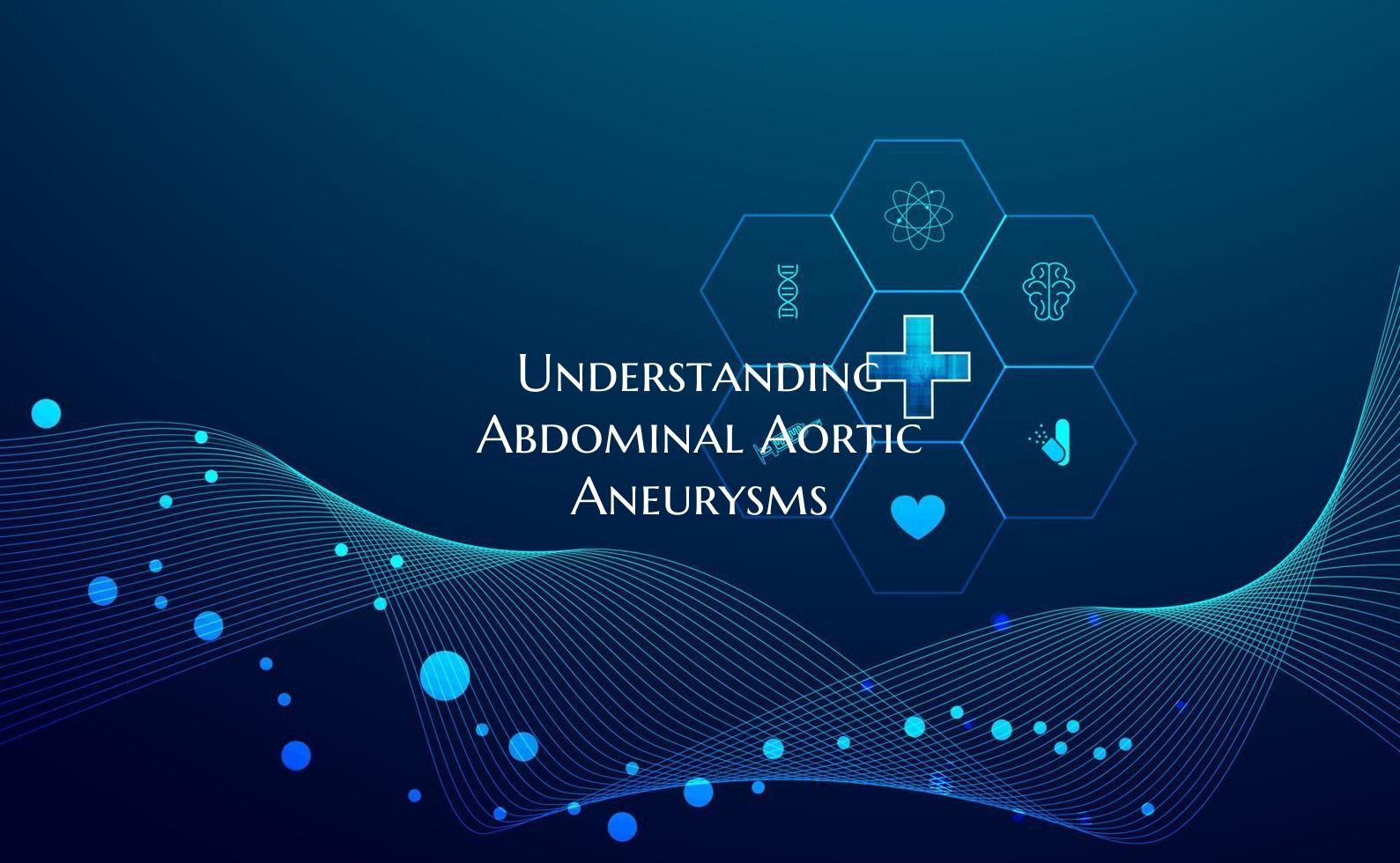
Understanding Abdominal Aortic Aneurysms
Abdominal aortic aneurysm (AAA) is a serious condition that involves the ballooning or enlargement of the aorta in the abdominal area. The aorta is the main blood vessel that supplies blood to the body. When the walls of the aorta weaken and bulge, it can lead to a potentially life-threatening situation if the aneurysm ruptures.
Risk factors for developing AAA include smoking, high blood pressure, atherosclerosis, older age, male gender, and a family history of the condition. Most people with AAA do not experience any symptoms, which is why regular screenings are important for early detection.
Diagnosis of AAA often involves imaging tests such as ultrasound, CT scans, or MRIs. Treatment options depend on the size and growth rate of the aneurysm and may include monitoring through regular screenings, lifestyle changes such as smoking cessation and blood pressure management, or surgery to repair the aneurysm.
It is essential for individuals to be aware of the risk factors associated with AAA and to seek medical attention if they experience any symptoms such as back or abdominal pain, pulsating masses in the abdomen, or other signs of a potential aneurysm.
Understanding abdominal aortic aneurysms, their risk factors, symptoms, diagnosis, and treatment options can help individuals make informed decisions about their health and potentially prevent serious complications associated with this condition. Regular medical check-ups and open communication with healthcare providers are critical in managing AAA effectively.